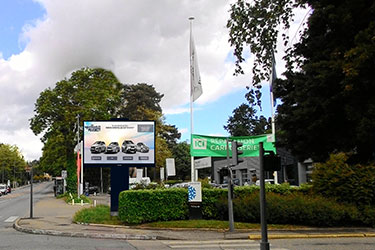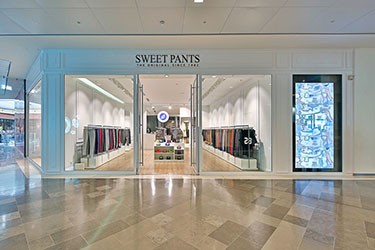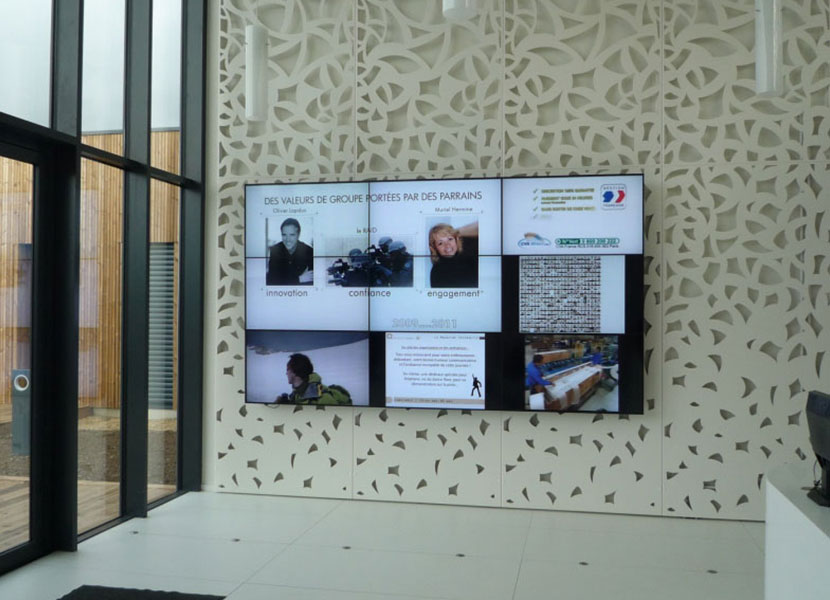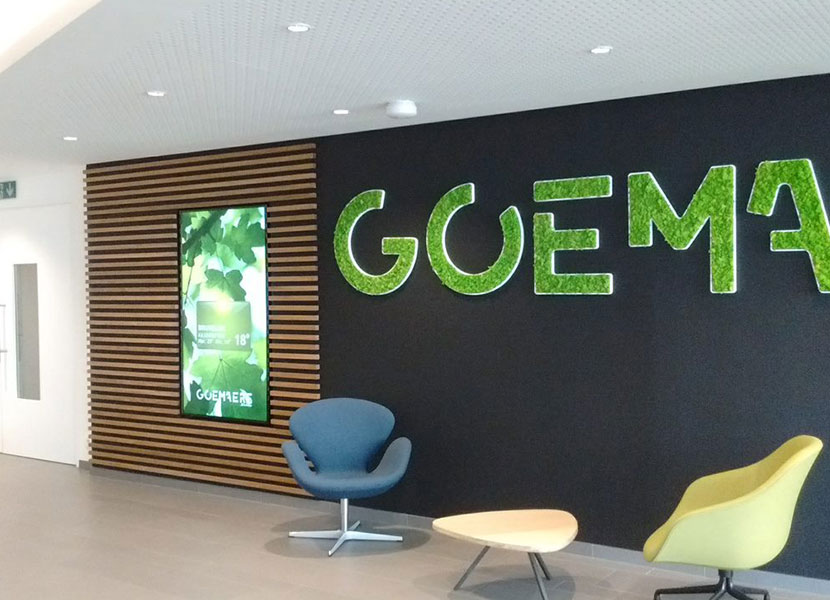Technological innovations can be defined as improvements capable of transforming products or services by giving them greater added value. Some of these are incremental improvements, while others are genuine revolutions. The more they disrupt the status quo, the more they change market demand. This can even lead to changes in consumer habits and corporate value chains.
In outdoor advertising, digital technologies have already created an alternative solution to traditional poster holders. New value propositions have expanded the possible uses of outdoor displays. Advances in AI have made it possible to make better use of data, with applications such as improving customer knowledge and personalising communications. In addition, advances in R&D have resulted in better screen performance, both in terms of image quality and energy consumption.
Thanks to these technological innovations, manufacturers of dynamic display solutions are constantly designing even more effective tools. These are designed for corporate communication projects. In many cases, their function goes beyond the transmission of advertising messages or brand enhancement. Today, dynamic displays are just as capable of supporting operational challenges, or responding to contemporary concerns such as environmental protection.
In this article, you can discover the main technological innovations in digital signage, such as LED screens!






